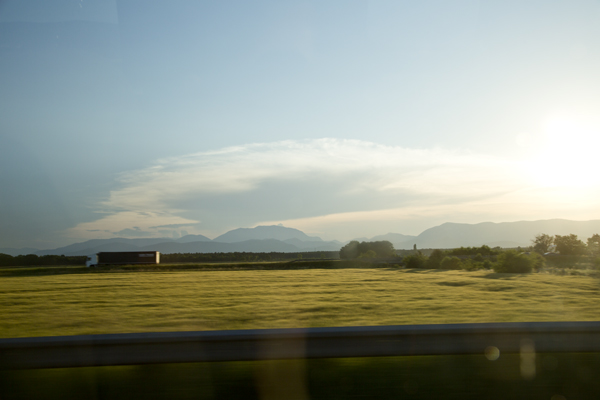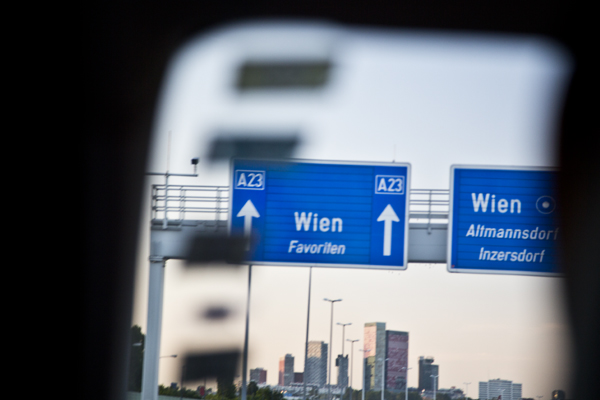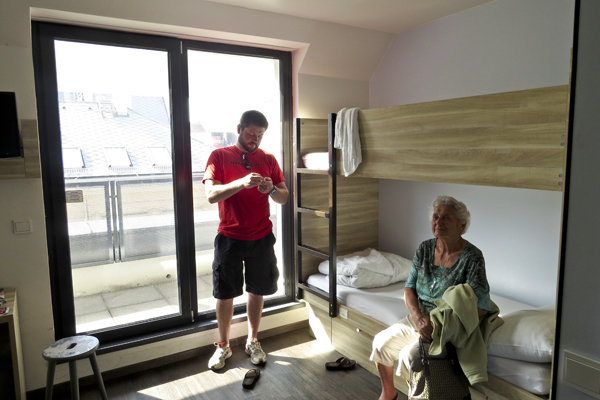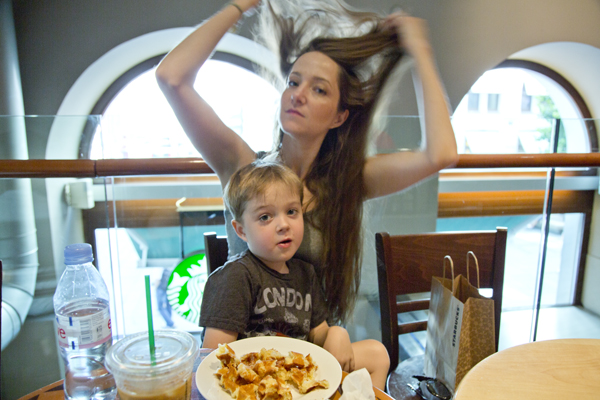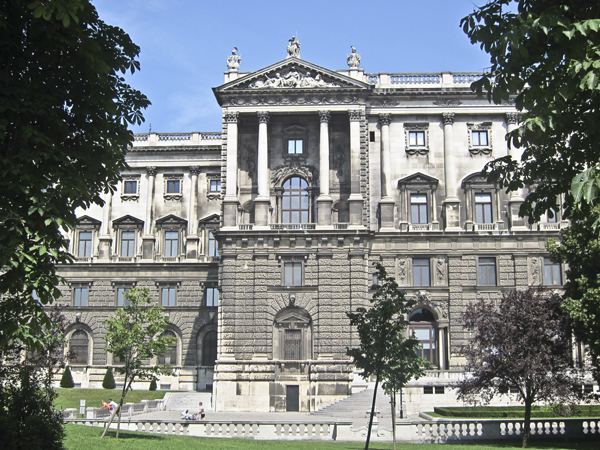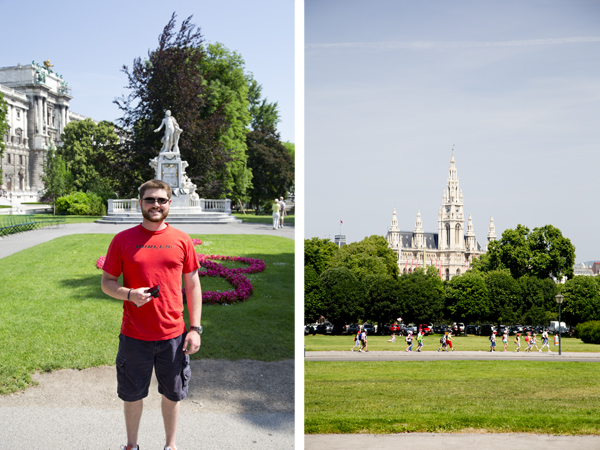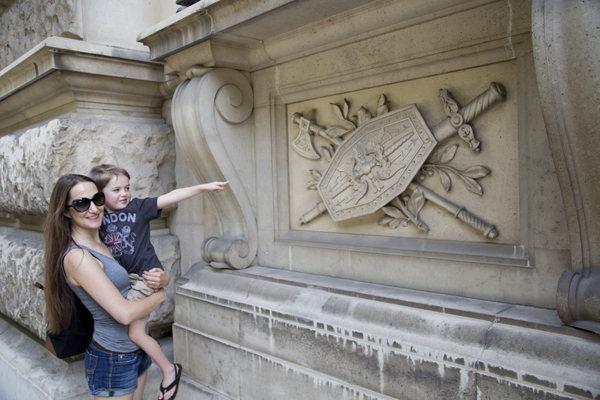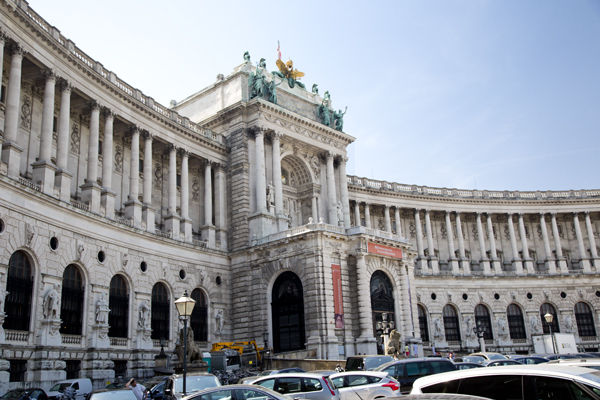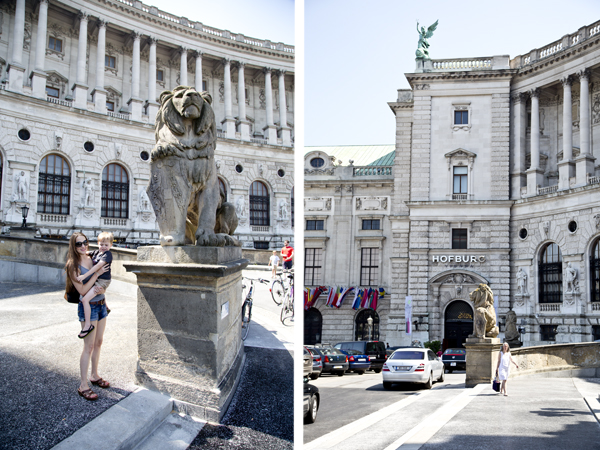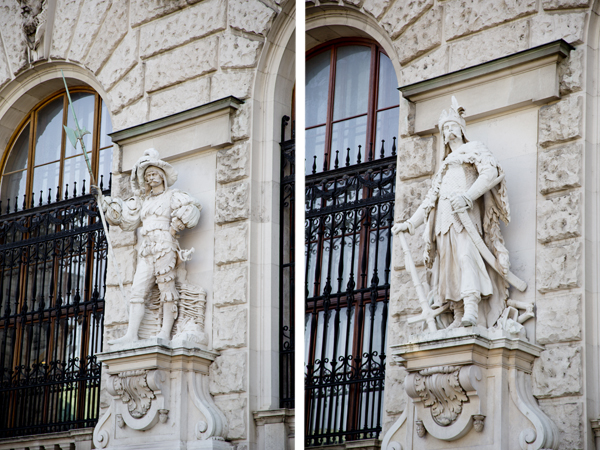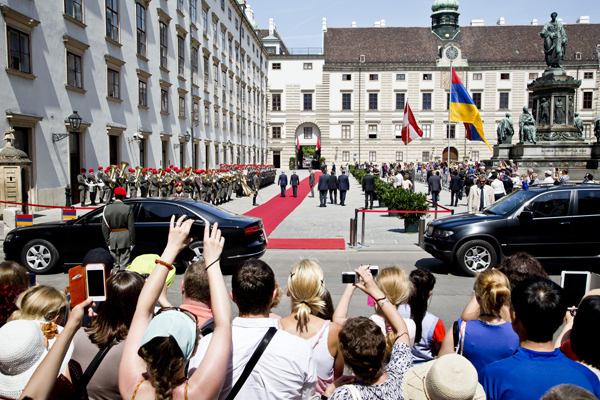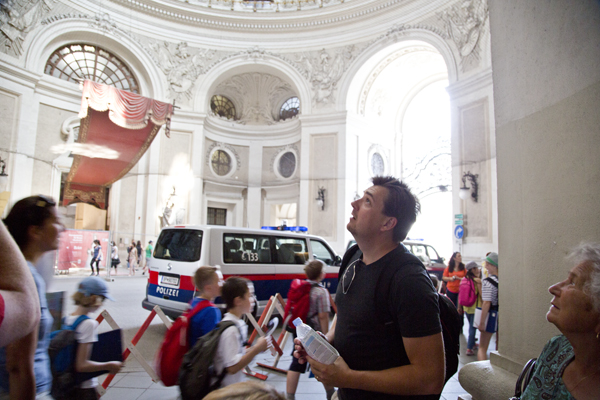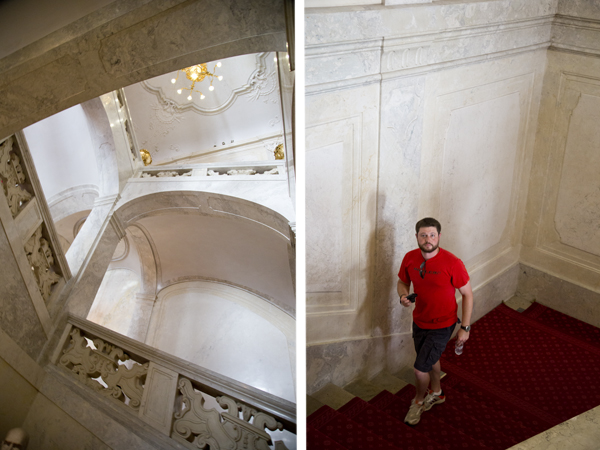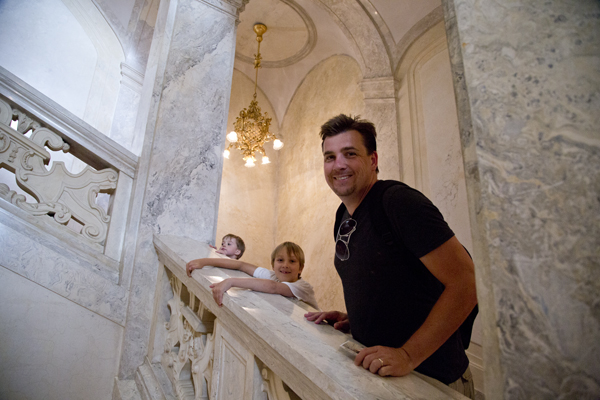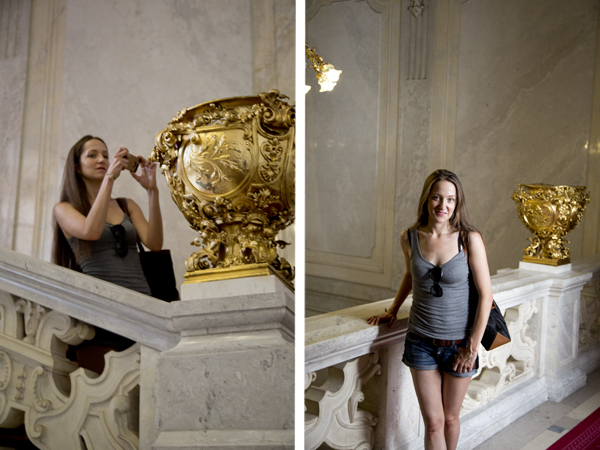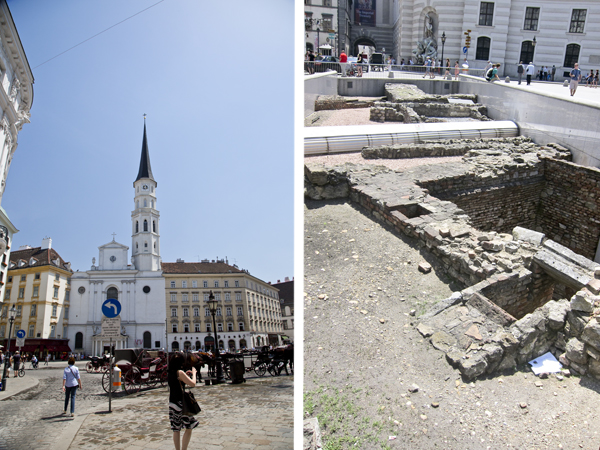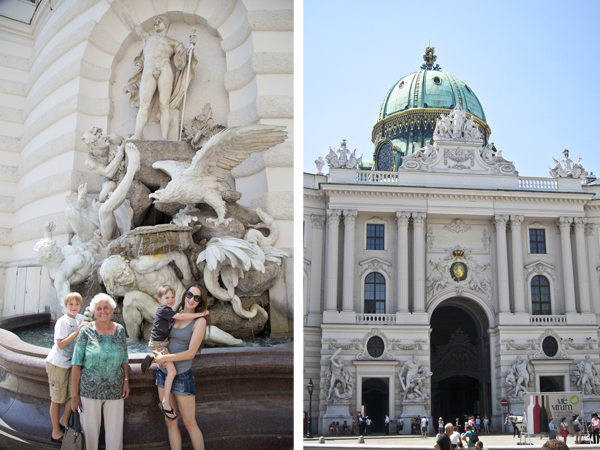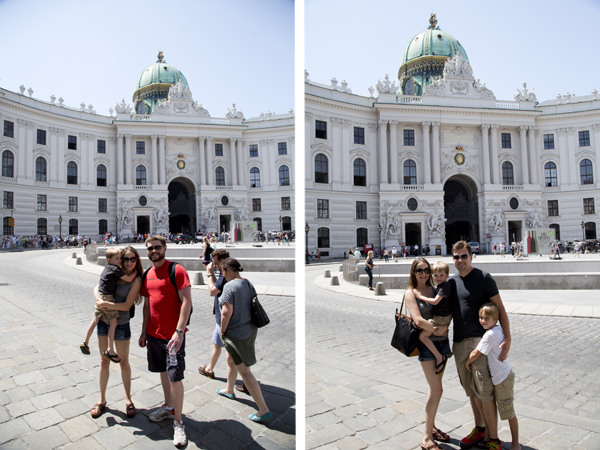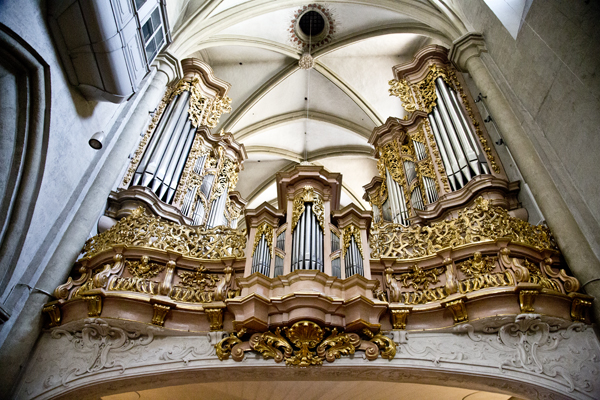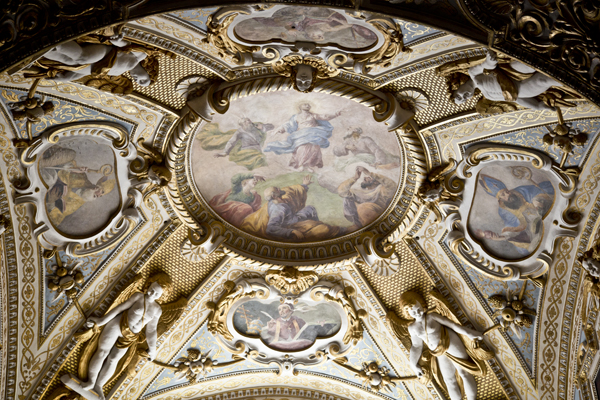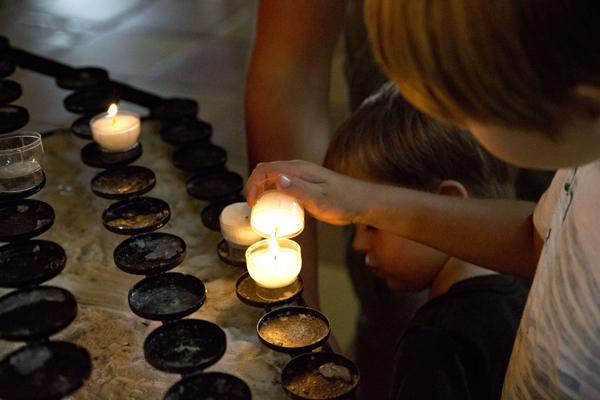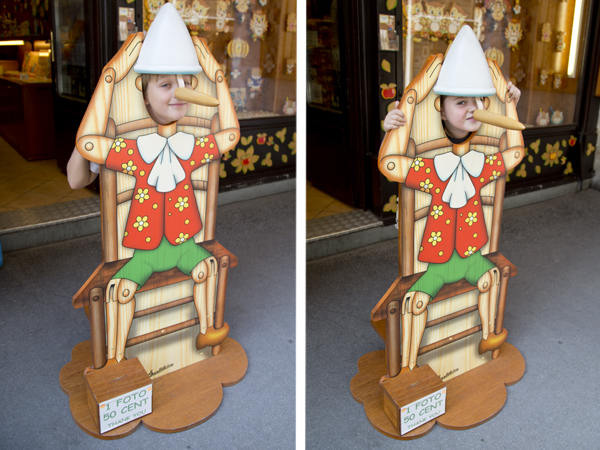Our original itinerary for our Europe trip did not include Austria, but I am so glad that we tacked it on. Aside from Payerbach, the place I most wanted to see was Vienna. David had to make reservations for a hotel in Vienna on the go and our lodgings were some of the most interesting of our trip. David booked a “suite” in a hotel in the middle of the city. When we arrived we were surprised at the number of young people going in and out of our hotel. David assured us that it was a legitimate hotel and not a youth hostel and even showed us the hotels.com listing. He booked a room for six with three double beds, except in Austria apparently “double beds” means bunk beds. That explained all of the young people! Both little boys immediately claimed top bunk spots and then David had to spend several minutes reassuring Dédi that it was totally safe to sleep under Mat and that the bunk beds weren’t going to collapse (this actually involved pointing out exactly how many screws were holding the beds together and David physically showing her that no matter how hard he tried to shake them, the beds would not move. Meanwhile, the little guys were celebrating saying that it was the, “Coolest hotel ever.”
After a great night’s sleep, in the surprisingly comfortable bunks, we set off to explore the city of Vienna., which is also known as the “City of Music.” We had breakfast at Starbucks solely so I could get the Starbucks Austria mug to add to my collection. I have matching mugs from Colorado, California, Los Angeles, San Diego, San Francisco, and Budapest and Hungary – they have one that says just “Budapest” and another that says just “Hungary,” sort of like the “California” and “Los Angeles” mugs. Unfortunately they were all out of the mugs that read “Vienna” so I’ll have to try to get it on my next visit.
Vienna is filled with gorgeous landmarks and museums (and some of the coolest architecture in Europe) and one day is not enough time to see everything (not even close). We concentrated most of our time in and around the Hofburg Palace, which had been the primary winter residence of the Hapsburg dynasty (the rulers of the Austro-Hungarian Empire) and it currently serves as the official residence of the President of Austria (it also houses the Austrian National Library and the Imperial Treasury, among many other things – the complex is huge). I could have spent the entire day touring the gardens alone (they now serve as a public park).
Once inside the gates of the palace we found ourselves witnessing first-hand the welcoming ceremony of a top dignitary from Armenia (we got conflicting reports on whether it was the president or the prime minister). The boys were excited to see such pomp and circumstance from their front row seats and they especially enjoyed hearing the military band.
Dédi really wanted to see the Sisi Museum which is an exhibit dedicated to Empress Elisabeth of Austria. Our tickets to get inside also covered a tour of the Kaiserappartements (The Imperial Apartments) and the Silver and China Collection. I was actually surprised by how much the little guys enjoyed this part of the tour. Part of it may have been because it was so hot outside and the museum was gloriously air conditioned, but they were also completely fascinated by the china and the fact that the royal family commissioned new dining sets for each visiting dignitary. Dédi and I loved getting to see Empress Elisabeth’s dress collection, especially the exquisitely made Hungarian Coronation Dress. Unfortunately, you cannot take pictures in most of the museum. The one part of the museum that we were allowed to take photos was in the Silver and China exhibit and I have literally thousands of “research” shots that David, Mat and I all took.
Just outside of the Palace’s Saint Michael’s Gate is Michaelerplatz. Between 1989 and 1991 archaeological excavations in the Michaelerplatz uncovered a Roman settlement which is now accessible to the public.
Saint Michael’s Church (Michaelerkirche) is also located at Michaelerplatz just across the street from Saint Michael’s Gate at the Hofburg Palace. The church was absolutely stunning. The present façade was constructed in 1792 but the church dates back to the 1200s.
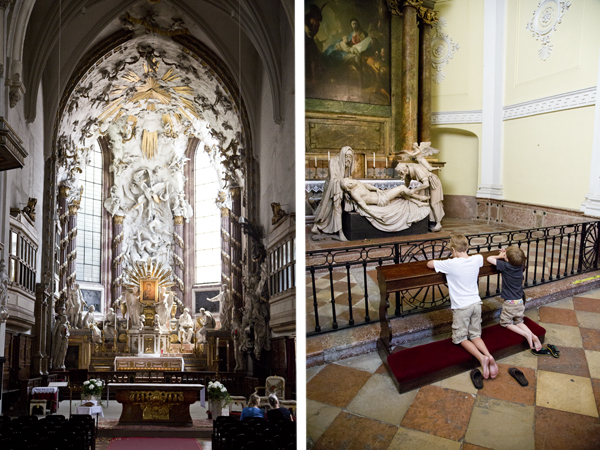
High altar with Fall of the Angels and the Maria Candia icon and the boys praying in front of Marble statue of the Deposition of Christ
We had planned on taking a tour of the Vienna Opera House but they were having a performance, so we had to make to with taking pictures outside. It will have to be on the agenda for our next visit. Vienna is so close to Budapest that we should be able to visit whenever we go to Hungary.

